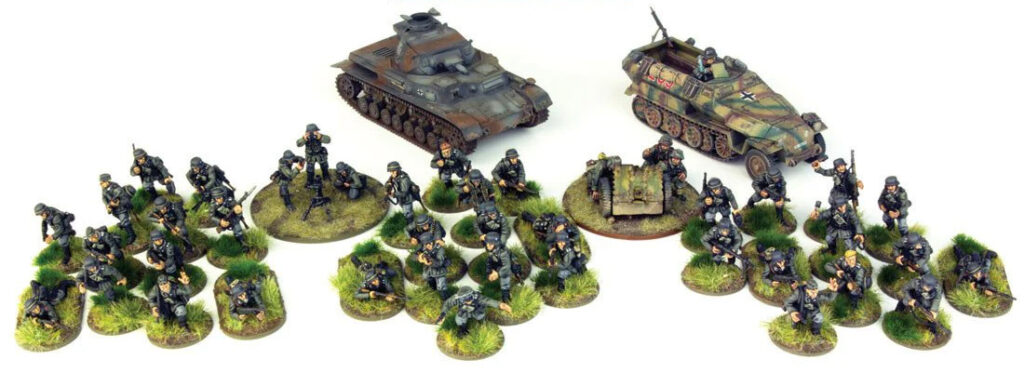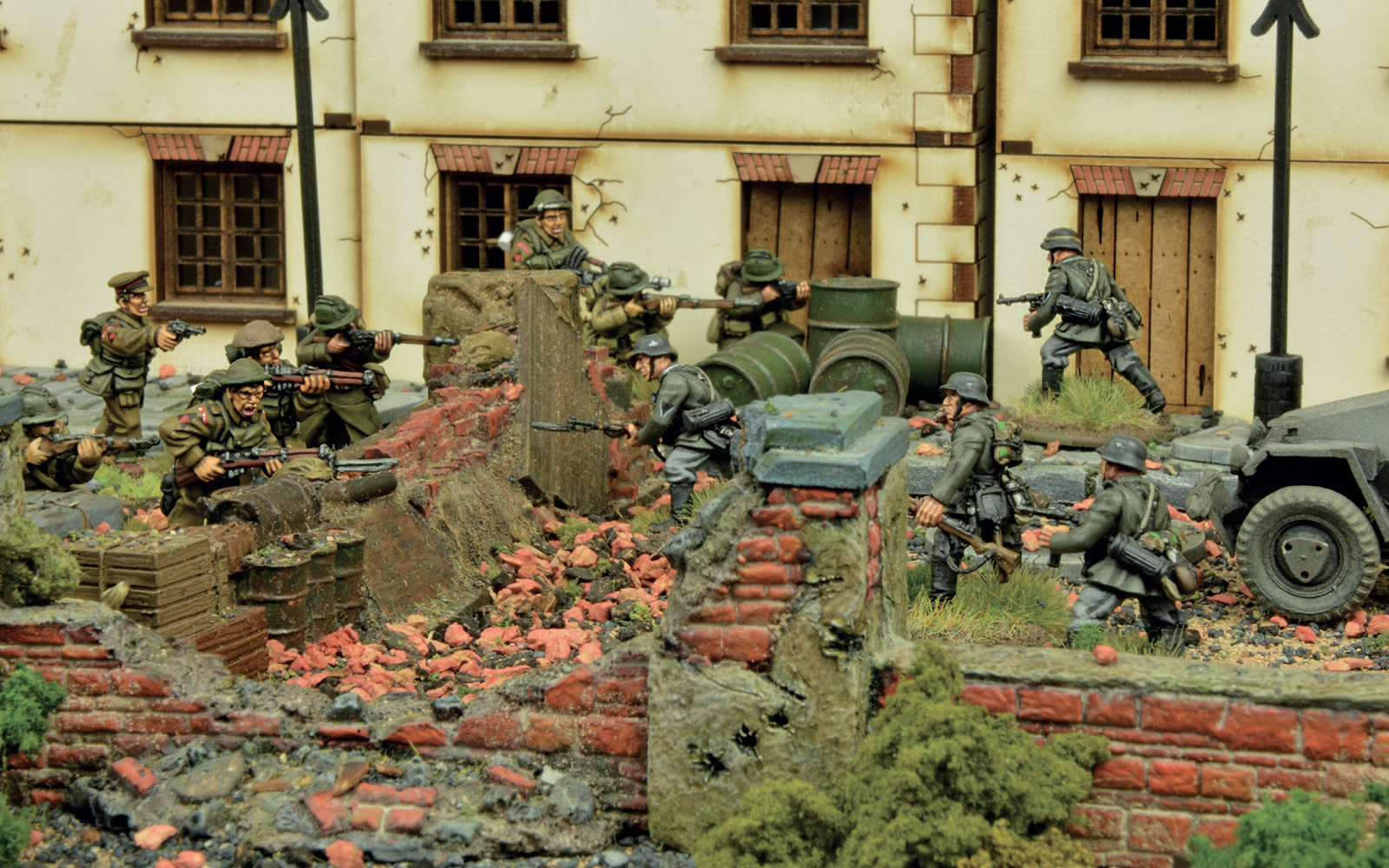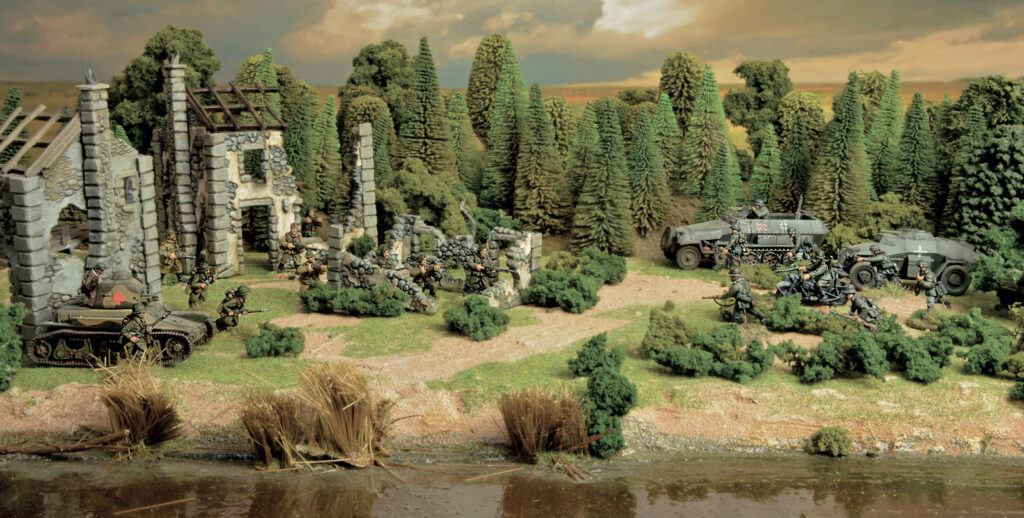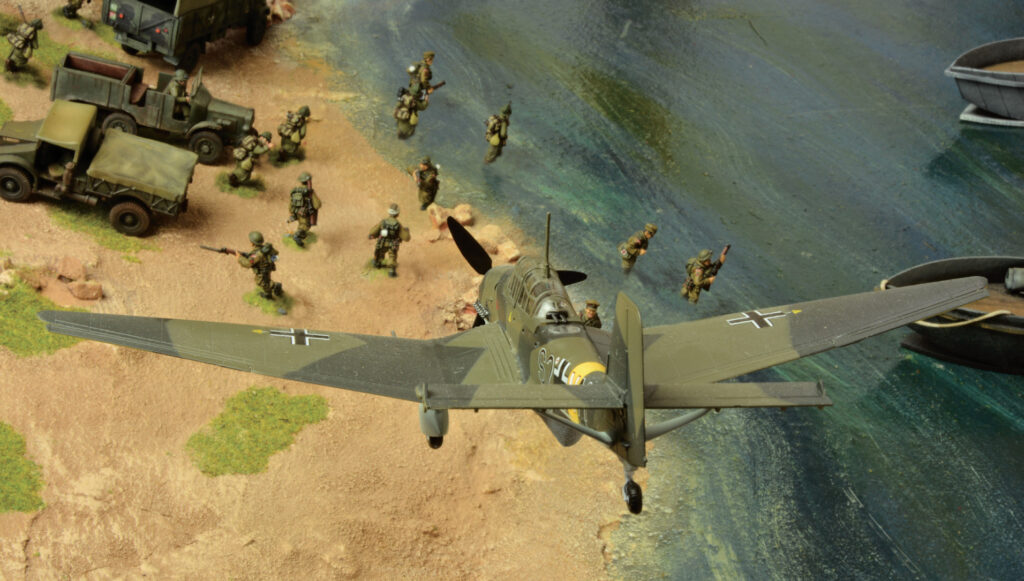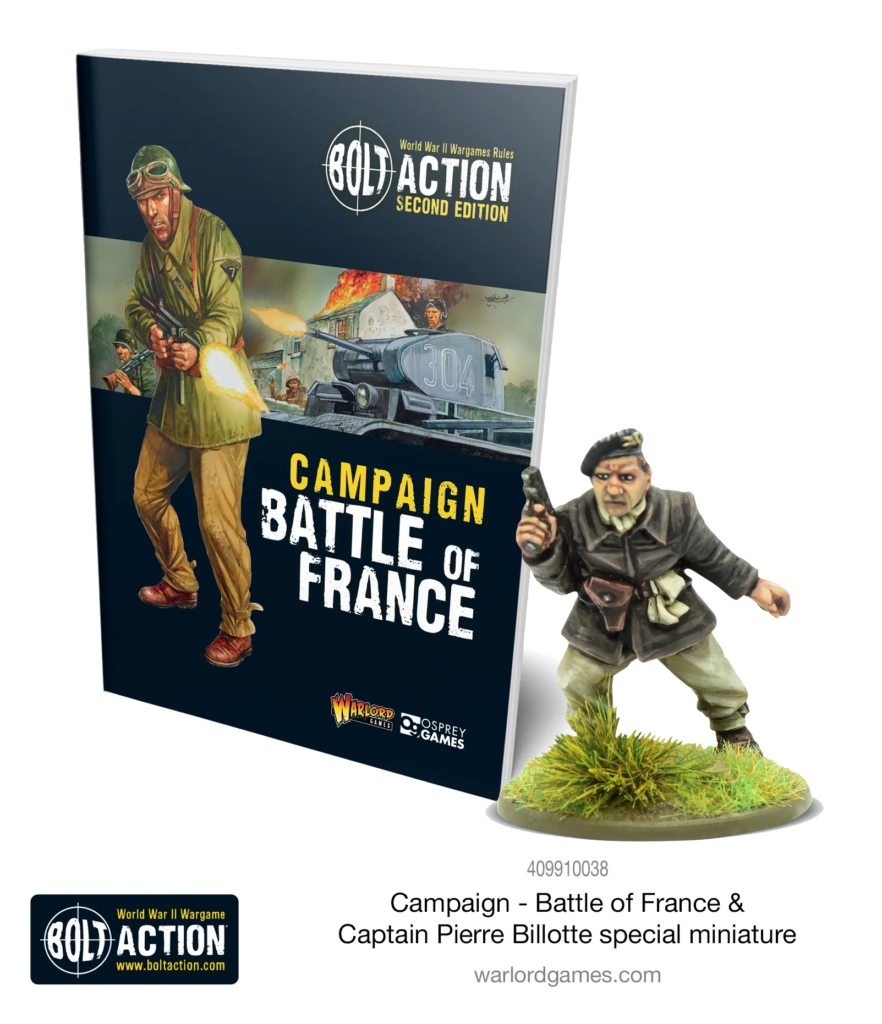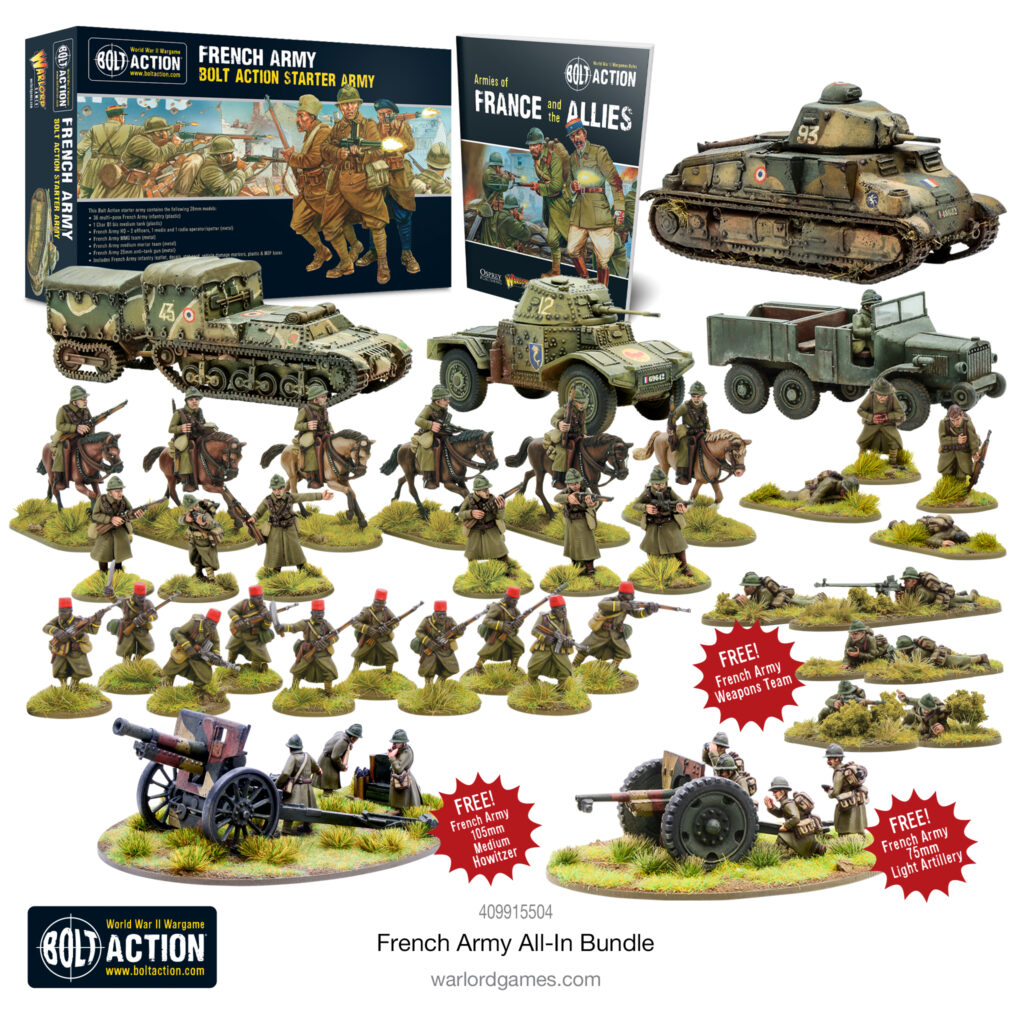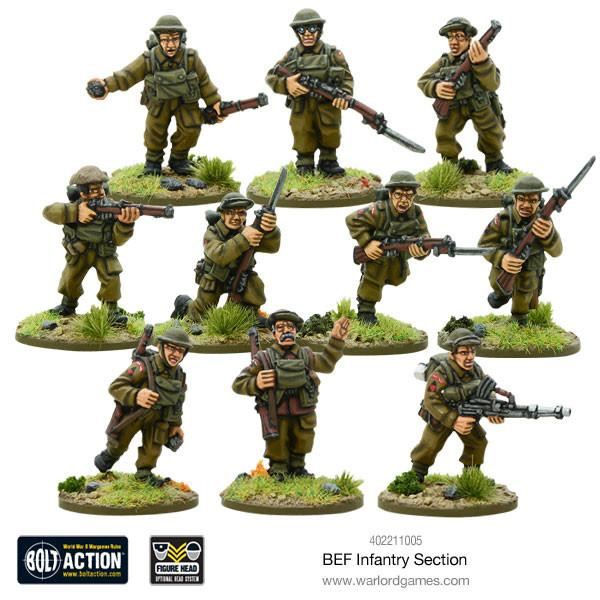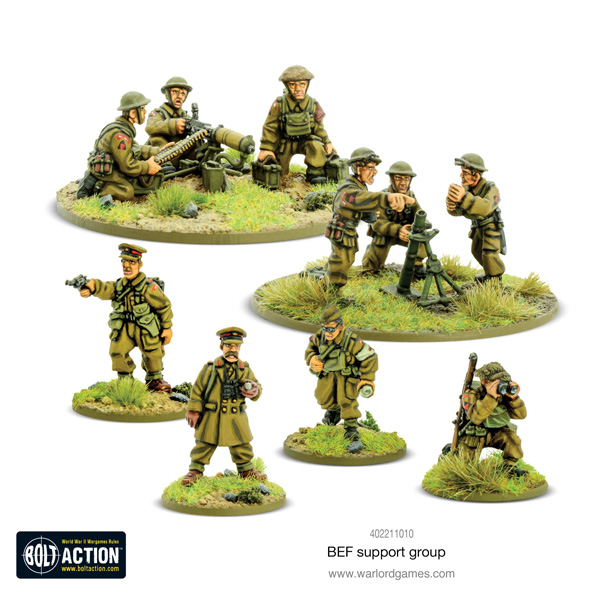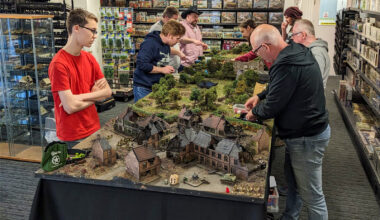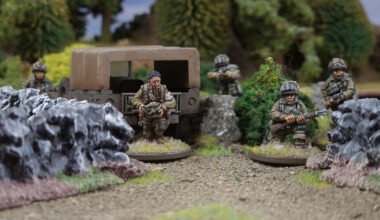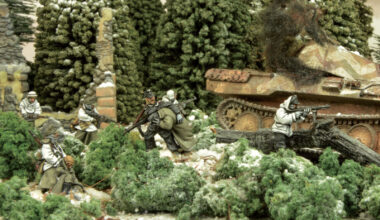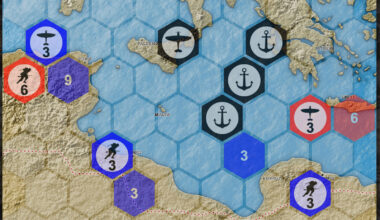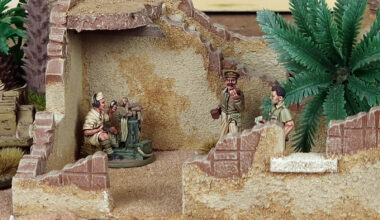As the spring of 1940 approached, Hitler and his generals planned a lightning assault of France and the lowlands, intending to exploit speed and mobility to quickly smash through the Netherlands and Belgium and into France. Such a plan would prevent German forces from becoming bogged down in a static war centred around France’s extensive network of modern border defences, thus repeating the grim outcome of the First World War. But the military might of France was impressive – over 2.2 million soldiers made up the active and reserve divisions of the French army, with more troops stationed on the border with Italy and garrisoned across the French colonial empire. A concerted effort to expand and modernize the French fleet had also resulted in one of the largest and most potent navies in the world. The Battle of France was at hand.
Germany’s plan hinged around rapid action and seizing key objectives before France’s massive military might could be mobilized. The campaign lasted only six weeks and in a few masterfully executed operations, saw Germany eliminate one of the world’s key political players. But, despite popular myths which have materialized in the interim, this six-week campaign was far from easy and, despite being abandoned and betrayed by a weak government and the ineffective upper echelons of their own military, the front-line French soldiers suffered massive casualties as they stoically dug their heels in and, in many areas, fought to the last man.
The Battle of France Campaign book is the perfect resource for Bolt Action players wanting to explore the early war period in more detail, with plenty of additional units for the British, French, Belgian and German armies and a wealth of background detail on the battles and formations involved
Scenarios
Like all our campaign books, we’ve included a series of detailed scenarios to help you recreate the key battles of the period. There are guidelines on how to build armies for each scenario and clear diagrams for setting out your table. We’ve pulled out all the stops to make these scenarios stand out, with a raft of special rules to keep your games interesting! From the so-called ‘Phoney War’ to the evacuations at Dunkirk and The Battle of Saumar.
Here’s a full list of the scenarios in the book:
- Scenario 1: Reconnaissance Patrol Clash
- Scenario 2: The First Day
- Scenario 3: Crossing the Meuse
- Scenario 4: The Battle of Hannut
- Scenario 5: The Arras Counter-Attack
- Scenario 6: The Defense of the Escaut
- Scenario 7: The Battle of Boulogne
- Scenario 8: The Last Defenders of Calais
- Scenario 9: Dunkirk
- Scenario 10: The Maginot Line
- Scenario 11: The Battle of the Alps
- Scenario 12: The Battle of Saumur
Special Rules
Air Battles
The Battle of France contains special rules, many of which are pertinent to the included scenarios. Whilst Bolt Action is first and foremost an infantry game, a huge number of battles during the Second World War were hugely affected by the air war above: be it support from spotter planes, opportunistic strafing runs from fighters, or pre-planned attacks from dedicated ground attack aircraft. The existing rules already cater for single aircraft called in by an air observer to attack a specified target. The following rules are aimed at a completely different kind of scenario – here, we cater for large air battles above the battlefield where one side is attempting to use a force of bombers to attack the ground units on the table, hopefully with a fighter escort, whilst the defending player is attempting to intercept them with fighters. Whilst these rules were designed for the Dunkirk scenario, they may be used in your own scenarios, should players agree.
Company Commander
The standard Bolt Action rules call for players to form a Reinforced Platoon strength unit to fight a single scenario against an opposing player. Company Commander is a game mode whereby single encounters are linked together into campaigns utilising the same forces, and seeing the progression of core units throughout the fighting. Every army had variations on how units would be organised from Platoon level right up to Corps level; Company Commander gives a single, standardised Company organisation structure for players to adhere to, based largely on the British Army Rifle Company of the Second World War. These rules have only a small effect in game, but vastly reward the invested player as they manage their company between games in their campaign.
Explore More
The Battle of France saw German forces sweep across the Low Countries and towards Paris, crushing Allied resistance in just six weeks. From Fall Gelb and the British withdrawal from Dunkirk to the decisive Fall Rot, this new supplement for Bolt Action allows players to take command of the bitter fighting for France, and to refight the key battles of this campaign. Linked scenarios and new rules, troop types, and Theatre Selectors offer plenty of options for novice and veteran players alike.
As with all our Campaign Books, if you order from the Warlord Webstore, you’ll receive a free special edition miniature. In this case, Captain Pierre Billotte, a tank ace for the French forces!
Prepare Your Forces
French Army
The French army started World War II as the most powerful army in the world. Well-equipped, with excellent tanks and artillery, the infantry divisions were numerous and confident of fighting off the hated Boche as they had twenty-two years before. This was not the same war though, and the French infantrymen found themselves all too often fighting off German armoured units which had outmanoeuvred them as the Blitzkrieg rolled across Europe.
It was for the honour of France and their regiments that so many Frenchmen dug in and fought it out against a more tactically advanced foe. Resolutely fighting against the sweeping offensives of the German invaders, the French gave their all at battles such as Hannut, Arra, Boulogne and Saumur.
Many brave Frenchmen went on to fight against the Allies with Vichy France, ensuring admiration and loathing in equal measure, whilst others would return to France with the Allied invasion in 1944 to reclaim their homeland…
The incredibly versatile new plastic French Infantry miniatures can be assembled as regular French Army infantry, fortress troops, chasseurs à pied, engineers or colonial troops (Algerian, Moroccan or Tunisian). The new starter army contains 36 infantry, supported by a Char B1 bis tank, four-man HQ, medium mortar, MMG, and a 25mm anti-tank gun
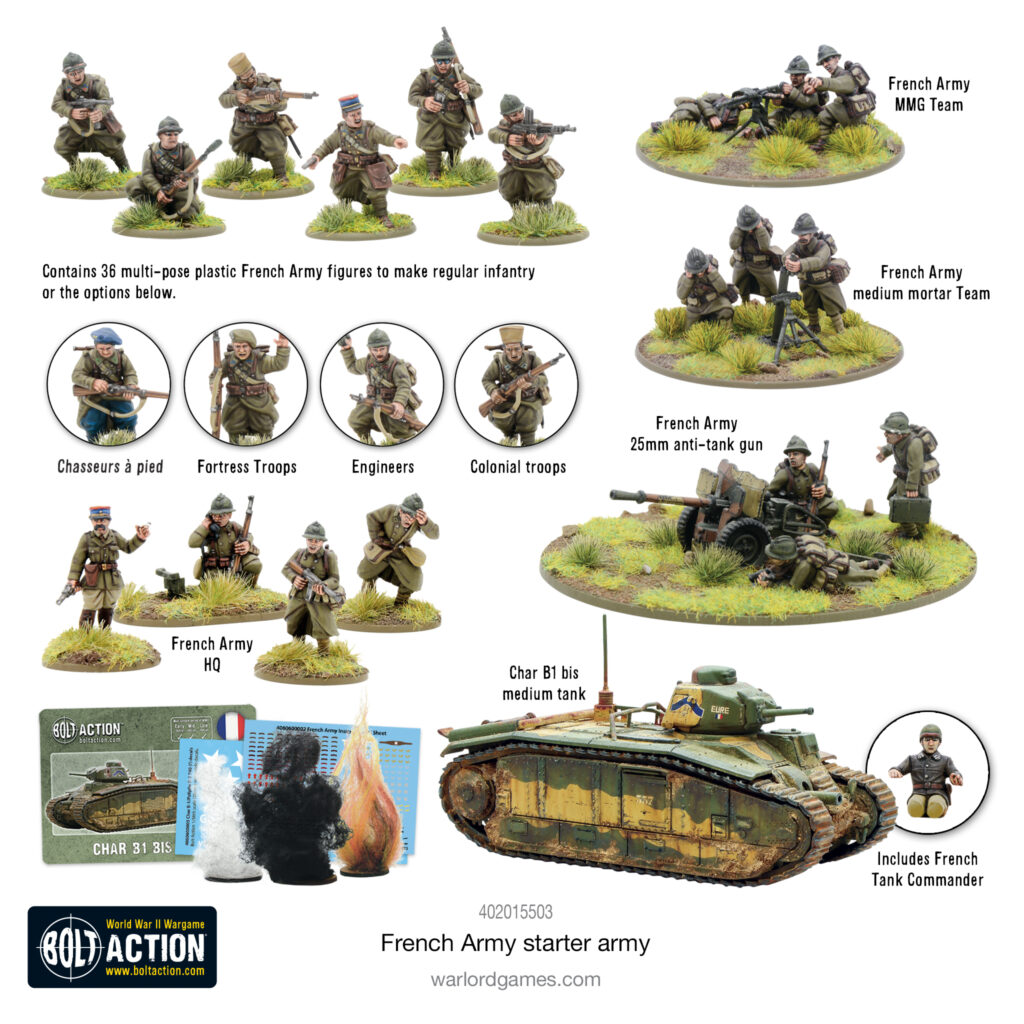
French Army All-in Collection
This bundle is designed to kickstart a Bolt Action French Army collection, it contains a wide variety of unit types with which to ply your trade in tabletop warfare. At the core of the bundle is the new French Starter Army, containing 36 of the brand-new plastic French infantry, as well as armoured, weapons and HQ support elements. But add in the other elements of this bundle and you’ll have a wealth of tactical options from which to choose; cavalry, artillery transports and light tanks will all ably support your new infantry. It represents terrific value against buying its contents separately as you’ll get a weapons teams boxed set, and two artillery pieces for free! And, armed with the Armies of France and the Allies Bolt Action supplement, you’ll have everything ready in hand to beat back the fascist invaders on the tabletop.
British Expeditionary Force
The British Expeditionary Corps was an army of nearly a third of a million troops which Great Britain sent to France to try to resist inevitable German aggression. Allied with Belgian and French forces, its ten infantry divisions were supported by artillery, tank brigades and air squadrons. Despite fighting well they were outmanoeuvred all too often, leading to tactical withdrawal and the heroic but tragic defeat at Dunkirk.
Blitzkrieg Germans
Superbly equipped and trained, the German soldier in the early years of World War II was a formidable opponent. Utilising revolutionary mobile tactics, he rampaged across mainland Europe sweeping all aside. The German army was only halted by the combined might of the United States, Soviet Union and British Commonwealth.
The Blitzkrieg German starter army contains:
- 36x Plastic Blitzkrieg German Infantry
- Plastic Sd.Kfz 251/1 ausf C halftrack
- Early War German 81mm Mortar Team (Metal)
- Early War German 7.5cm leIG 18 light artillery (Metal)
- Panzer IV Ausf. D (Resin and Metal)
